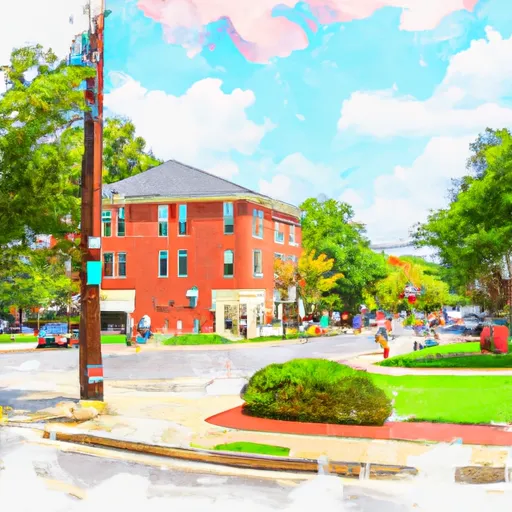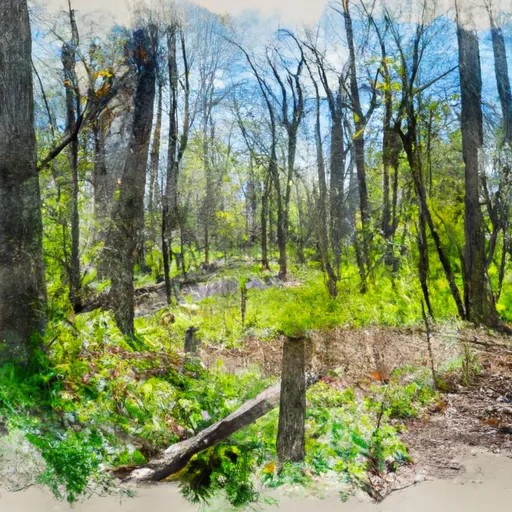°F
°F
mph
Windspeed
%
Humidity











Miami University, located in Ohio, offers a vibrant campus environment surrounded by the beauty of the Midwest. The region experiences a humid continental climate, characterized by warm summers and cold winters. Average temperatures range from 20°F (-6°C) in winter to 85°F (29°C) in summer, with moderate rainfall throughout the year.
Hydrology constituents at Miami University are shaped by the Great Miami River, which runs adjacent to campus. This river provides a valuable resource for studying water quality and understanding watershed dynamics. The university's research and educational programs focus on water management, hydrogeology, and environmental science, providing students with hands-on learning opportunities.
Miami University boasts numerous outdoor recreation opportunities. The expansive campus features beautiful green spaces, walking trails, and bike paths, offering opportunities for leisurely strolls and commuting. Additionally, the nearby Hueston Woods State Park provides a range of activities, including boating, fishing, hiking, and camping. The Miami University Recreational Sports Center offers facilities for swimming, indoor rock climbing, and fitness classes, ensuring students have access to year-round recreational activities. With its pleasant climate and abundance of outdoor spaces, Miami University offers a conducive environment for both academic pursuits and outdoor recreation.
Weather Forecast
Miami-University receives approximately 1103mm of rain per year, with humidity levels near 81% and air temperatures averaging around 12°C. Miami-University has a plant hardyness factor of 6, meaning plants and agriculture in this region thrive during a short period during spring and early summer. Most plants will die off during the colder winter months.
Regional Streamflow Levels
1,150
Cubic Feet Per Second
56
Cubic Feet Per Second
291
Cubic Feet Per Second
47
Cubic Feet Per Second
Nearby Camping
| Camping Area | Reservations | Toilets | Showers |
|---|---|---|---|
| Bullock Pen Lake Ramp - DFWR | |||
| Big Bone Lick State Park | |||
| Logan-Hubble County Park | |||
| Governor Bebb Preserve | |||
| Boltz Lake Ramp - DFWR | |||
| Boat Ramp - Elmer Davis Lake - DFWR |



